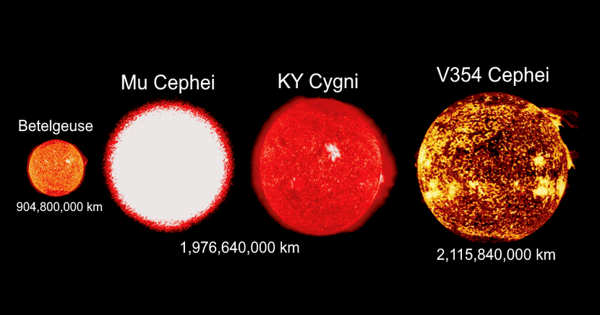PSR B1257+12, formerly known as PSR 1257+12, is a millisecond pulsar located 2,300 light-years from the Sun in the constellation of Virgo, rotating at approximately 161 times per second (faster than the blade of a blender). It is approximately 1,000 light-years away from Earth and is a millisecond pulsar with a period of 6.2 milliseconds. It is also known as Lich, after the fictional undead creature of the same name.
The pulsar has three known planets: “Draugr” (PSR B1257+12 b or PSR B1257+12 A), “Poltergeist” (PSR B1257+12 c, or PSR B1257+12 B), and “Phobetor” (PSR B1257+12 d, or PSR B1257+12 C). They were the first extrasolar planets discovered, as well as the first pulsar planets; B and C in 1992, and A in 1994. A is the smallest planet ever discovered by any observational technique, weighing slightly more than twice the mass of Earth’s moon.

Discovery
Astronomers using the radio telescope at Arecibo Observatory discovered PSR 1257+12 in the constellation Virgo in 1991. It was discovered on February 9, 1990, by Polish astronomer Aleksander Wolszczan using the Arecibo radio telescope. It is a millisecond pulsar, a type of neutron star, with a rotation period of 6.22 milliseconds (9,650 rpm) that was discovered to have anomalies in the pulsation period, prompting investigations into the cause of the irregular pulses. Wolszczan and Dale Frail published a seminal paper on the first confirmed discovery of planets beyond our solar system in 1992. In 1994, another planet was discovered orbiting this pulsar using more refined methods.
Characteristics
The pulsar’s mass is estimated to be 1.4 M, which is typical for most neutron stars and pulsars. The radius is estimated to be around 10 kilometers (0.000015 R), which is also typical for pulsars and neutron stars. With a surface temperature of up to 28,856 K, the pulsar is extremely hot. A white dwarf merger, a pair of white dwarves colliding and collapsing to form a rapidly spinning pulsar, formed the pulsar one to three billion years ago.
The discovery sparked a search for planets orbiting other pulsars, but it turned out that such planets are uncommon; only four other pulsar planets have been confirmed, orbiting PSR B162026, PSR B0943+10, and PSR B0329+54.
Pulsars are rapidly rotating neutron stars that are the collapsed cores of massive stars that have exploded. They spin and emit radiation, similar to a lighthouse beacon. The blue glow highlights the pulsar’s twisted magnetic fields. They could not have formed from the pulsar’s supernova explosion, but they could have formed from a disk of stellar material that fell back toward the pulsar after the supernova.
















